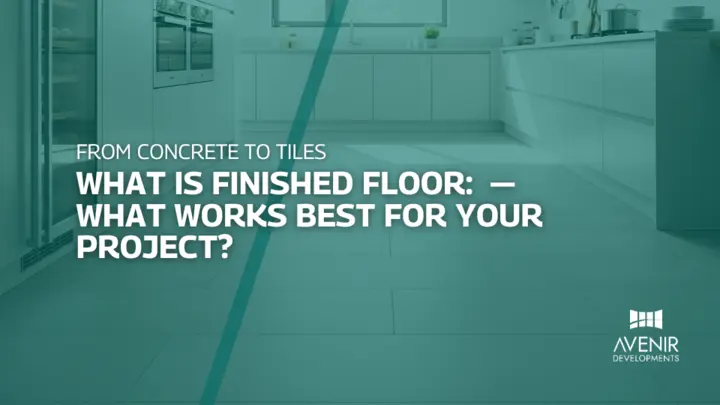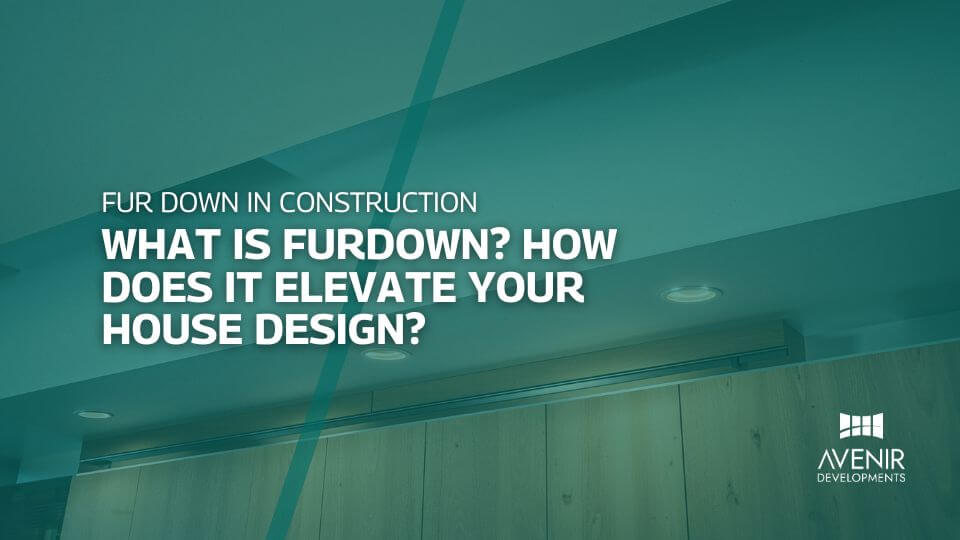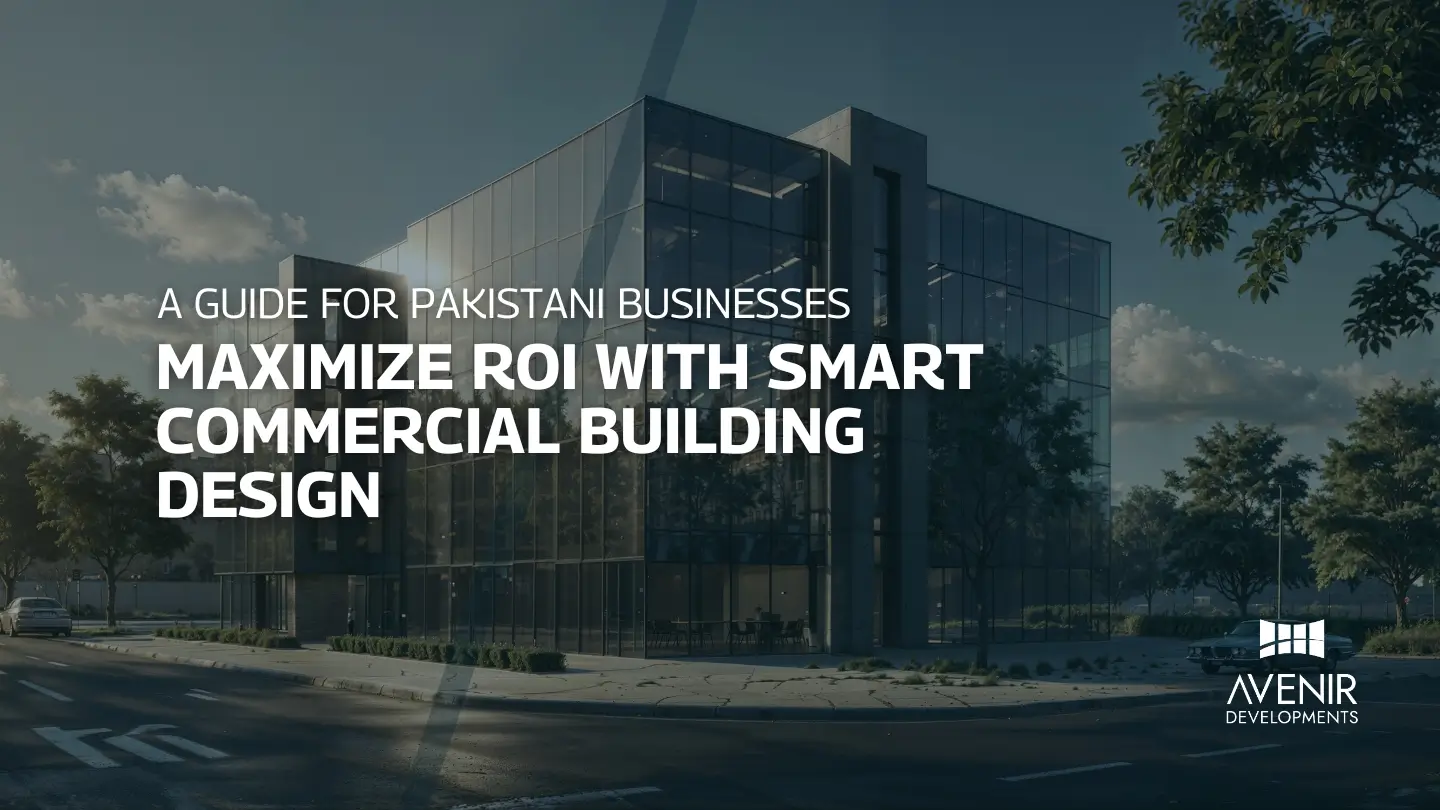What is passive design in architecture, you ask? Well, it’s not just a buzzword or a passing trend. It’s a philosophy, a way of building that I’ve seen transform homes from energy-guzzling behemoths into comfortable, efficient sanctuaries.
I remember visiting a client’s newly-built villa in Islamabad a few years back. It was a stunning home, no doubt, but the energy bills were through the roof. The air conditioning struggled against the harsh summer sun, and the heating barely made a dent in the winter chill. It was a classic example of a beautiful home that didn’t function in harmony with its environment.
That’s when I introduced them to the concept of passive design – a way of working with nature, not against it, to create homes that are both comfortable and energy-efficient. The transformation was remarkable. The same villa, with a few intelligent design tweaks, became a haven of natural light, warmth, and ventilation. The energy bills plummeted, and the homeowners were thrilled.
This experience solidified my belief in the power of passive design. It’s not just about reducing energy consumption; it’s about creating spaces that feel alive, that breathe, that respond to the rhythms of nature. If you’re curious about how to design or renovate your home to achieve this kind of harmony, read on. I’m about to take you on a deep dive into the fascinating world of passive design.

What is Passive Design in Architecture?
Passive design in architecture is a holistic approach to building design that leverages the natural environment to achieve comfort and energy efficiency. It’s about creating homes that work with nature, not against it.
Passive design has its roots in ancient building practices. Think of the thick adobe walls of traditional Pakistani homes, designed to absorb heat during the day and release it at night. Or the high ceilings and courtyards that promote natural ventilation. These are all examples of passive design principles in action.
While the term “passive design in architecture” might seem new, the underlying principles have been around for centuries. The modern approach, however, has been refined and expanded with the help of scientific research and technological advancements.
Key Principles of Passive Design in Architecture
There are five key principles that guide passive design:
- Orientation: The positioning of a building on its site to maximize solar gain in winter and minimize it in summer.
- Insulation: The use of materials to reduce heat transfer, keeping the home warm in winter and cool in summer.
- Thermal Mass: The use of dense materials like concrete or brick to store heat and regulate indoor temperatures.
- Shading: The use of overhangs, shutters, or landscaping to block direct sunlight during hot months.
- Natural Ventilation: The use of strategic openings and air pathways to promote air circulation and cool the home.
Why Passive Design in Architecture Matters
Passive design is not just a niche concept for eco-conscious homeowners. It’s a solution that addresses some of the most pressing challenges we face today:
- Energy Efficiency: Buildings are responsible for a significant portion of global energy consumption. Passive design can drastically reduce a home’s energy needs, leading to lower bills and a smaller carbon footprint.
- Climate Change Mitigation: By reducing reliance on energy-intensive heating and cooling systems, passive design helps mitigate the impact of climate change.
- Improved Comfort: Passive homes maintain stable and comfortable temperatures year-round, without the need for constant adjustments.
- Resilience: Passive homes are better equipped to handle extreme weather events, such as heatwaves or power outages.
- Health and Wellbeing: Passive design prioritizes natural light and ventilation, which are essential for human health and wellbeing.
The Science Behind Passive Design in Architecture
Passive design is not just about intuition or aesthetics; it’s backed by rigorous scientific research. For example, studies have shown that:
- Proper orientation can reduce a home’s heating and cooling needs by up to 20%.
- Adequate insulation can save up to 90% on space heating and cooling costs.
- Thermal mass can reduce temperature fluctuations by up to 10 degrees Celsius.
- Natural ventilation can improve indoor air quality and reduce the risk of respiratory problems.
I could go on and on about the benefits of passive design, but I think you’re starting to get the picture. It’s a smart, sustainable, and effective way to build homes that are both comfortable and kind to the planet.
Passive Design in Architecture: Trends in Pakistan and Beyond
The global shift towards sustainable living has fueled an explosion of interest in passive design. From North America to Europe, and even here in Pakistan, architects, builders, and homeowners are embracing this approach to create energy-efficient, comfortable, and resilient homes.
Global Trends
- The Rise of Net-Zero Homes: The concept of net-zero homes, which produce as much energy as they consume, is gaining traction worldwide. Passive design is a cornerstone of this movement, as it significantly reduces a home’s energy demand.
- Focus on Healthy Buildings: There’s a growing awareness of the link between building design and human health. Passive design principles, such as natural ventilation and daylighting, are being incorporated to create healthier indoor environments.
- Technological Advancements: New materials and technologies, such as smart thermostats and advanced glazing systems, are making passive design more accessible and effective than ever before.
- Government Incentives: Many countries are offering financial incentives and tax breaks to encourage the adoption of passive design and other sustainable building practices.
Passive Design in Architecture in Pakistan: A Growing Movement
In Pakistan, the interest in passive design is still in its early stages, but it’s rapidly gaining momentum. Several factors are contributing to this trend:
- Soaring Energy Costs: With electricity tariffs on the rise, homeowners are seeking ways to reduce their energy bills. Passive design offers a proven solution.
- Climate Change Concerns: Pakistan is particularly vulnerable to the impacts of climate change, such as extreme heat and water scarcity. Passive design can help create more resilient homes that are better equipped to handle these challenges.
- Government Initiatives: The Pakistani government has launched several initiatives to promote energy efficiency in the building sector. For example, the Pakistan Energy Efficiency & Conservation Authority (PEECA) is working to develop building codes and standards that encourage sustainable design.
- Growing Awareness: Architects, builders, and homeowners are becoming increasingly aware of the benefits of passive design. This is leading to a demand for more information and training on the topic.
Challenges and Opportunities in Passive Design in Architecture
While the future of passive design in Pakistan looks bright, there are still some challenges to overcome:
- Lack of Awareness: Many people are still not familiar with the concept of passive design or its benefits.
- Limited Expertise: There’s a shortage of architects and builders with expertise in passive design.
- Cost Concerns: Some homeowners may be hesitant to invest in passive design due to perceived higher upfront costs. However, it’s important to note that passive design can lead to significant long-term savings on energy bills.
Despite these challenges, I believe there are tremendous opportunities for passive design in Pakistan. By raising awareness, building capacity, and demonstrating the financial benefits, we can transform the way we build homes in this country.
I’d encourage the Pakistani government to take a more proactive role in promoting passive design. This could include offering financial incentives, strengthening building codes, and investing in research and education.
FAQs About Passive Design in Architecture
In my experience, both as an architect and as someone who’s passionate about educating others, I’ve found that people often have similar questions when they first encounter the concept of passive design. Here are some of the most common FAQs, along with my answers:
Q: What is the difference between passive design and active design?
A: Passive design leverages natural elements like the sun, wind, and thermal mass to achieve comfort and energy efficiency. Active design, on the other hand, relies on mechanical systems like heating, cooling, and artificial lighting. While both have their place, passive design is often more sustainable, cost-effective, and resilient in the long run.
Q: Isn’t passive design more expensive than traditional construction?
A: There can be an initial investment in things like high-performance windows, insulation, or shading devices. However, passive design can lead to significant savings on energy bills over time, often offsetting the upfront costs. Additionally, there are ways to incorporate passive design principles into a project on a budget.
Q: Can I retrofit my existing home with passive design features?
A: Absolutely! While it’s easier to incorporate passive design from the start, there are many ways to retrofit an existing home. Some simple examples include adding insulation, sealing air leaks, installing shading devices, or improving natural ventilation.
Q: Are there any downsides to passive design in architecture?
A: Like any design approach, passive design has its trade-offs. It requires careful planning and consideration of the local climate and site conditions. In some cases, it may also necessitate compromises in aesthetics or layout. However, in my experience, the benefits far outweigh the drawbacks.
Q: Where can I find passive design architecture firms in Pakistan?
A: The number of firms specializing in passive design in Pakistan is growing. A good starting point is to search online or ask for referrals from other architects and builders. You can also look for firms that are certified by international organizations like the Passive House Institute or LEED. Avenir Developments is passionately obsessed with passive design in architecture.
Q: Are there any passive design courses or certifications available in Pakistan?
A: While formal passive design programs are still limited in Pakistan, there are several courses, workshops and seminars offered by various organizations. You can also find online courses and resources from international institutions.
Q: How can I learn more about how to design a passive house?
A: There are many excellent resources available, both online and in print. I recommend checking out books like The Passive House Handbook by Wolfgang Feist or Passive Solar Architecture Pocket Reference by Christopher Laumer-Giddens. You can also find a wealth of information on websites like Passive House Plus or Green Building Advisor.
Expert Tips for Passive Design in Pakistan (From My 20+ Years of Experience)
Having designed and built numerous passive homes in Pakistan, I’ve learned a thing or two about what works and what doesn’t. Here are some expert tips based on my firsthand experience:
- Prioritize Orientation: In Pakistan’s climate, orienting your home to maximize southern exposure is crucial. This allows you to harness the winter sun for passive heating while minimizing unwanted solar gain in the summer.
- Invest in High-Quality Insulation: Don’t skimp on insulation! Proper insulation is essential for maintaining comfortable temperatures year-round and reducing your reliance on heating and cooling systems.
- Utilize Thermal Mass Strategically: Incorporate materials with high thermal mass, such as concrete or brick, into your design. These materials can absorb heat during the day and release it slowly at night, helping to regulate indoor temperatures.
- Master Shading Techniques: Use overhangs, shutters, awnings, or even strategically placed trees to block direct sunlight during the hottest months. This can significantly reduce the need for air conditioning.
- Optimize Natural Ventilation: Design your home with cross-ventilation in mind. Strategically placed windows, doors, and vents can create air currents that naturally cool your home. Consider incorporating elements like wind towers or solar chimneys to enhance ventilation.
- Consider Water Features: Incorporating water features like ponds or fountains can help cool the air around your home through evaporative cooling. This can be particularly effective in arid climates like those found in parts of Pakistan.
- Choose the Right Materials: Select building materials that are locally sourced and have low embodied energy (the energy required to produce and transport them). This will reduce your home’s overall environmental impact.
- Integrate Landscaping: Thoughtful landscaping can play a significant role in passive design. Trees can provide shade in the summer and act as windbreaks in the winter. Green roofs can help insulate your home and reduce stormwater runoff.
- Work with an Experienced Architect: Passive design requires careful planning and a deep understanding of local climate conditions. Partnering with an experienced architect who specializes in passive design can ensure that your home is designed for optimal performance and comfort.
- Don’t Forget the Details: Pay attention to the small things, like sealing air leaks, choosing energy-efficient appliances, and installing low-flow plumbing fixtures. These details can make a big difference in your home’s overall energy efficiency.
By following these tips, you can create a home that is not only beautiful but also functional, sustainable, and comfortable throughout the year. Remember, passive design is not a one-size-fits-all approach. It’s about tailoring your home to your specific needs and the unique conditions of your site.
Embrace the Future of Sustainable Living with Passive Design
As we’ve explored in this article, passive design is more than just a building technique; it’s a philosophy that aligns our homes with the natural world. By harnessing the power of the sun, wind, and earth, we can create living spaces that are not only comfortable and energy-efficient but also healthier and more resilient.
We’ve delved into the fundamental principles of passive design, explored the latest trends in Pakistan and around the world, and addressed common questions and concerns. We’ve also shared expert tips to guide you on your passive design journey.
Now, I invite you to take the next step. If you’re building a new home or renovating an existing one, consider incorporating passive design principles. You’ll not only be doing your part for the environment, but you’ll also be investing in a home that will reward you with comfort, savings, and a deeper connection to nature.
Ready to Create Your Own Living Organism?
Avenir Developments is here to help you unlock the full potential of passive design. Our team of experienced architects, interior designers, and builders is passionate about creating beautiful, sustainable homes that enhance your quality of life.
Contact us today for a free consultation to discuss your project. Let us show you how passive design can transform your home into a living organism that thrives in harmony with its surroundings.
Call us at +923001101103 or message us on WhatsApp to explore Our Services. We look forward to hearing from you!







